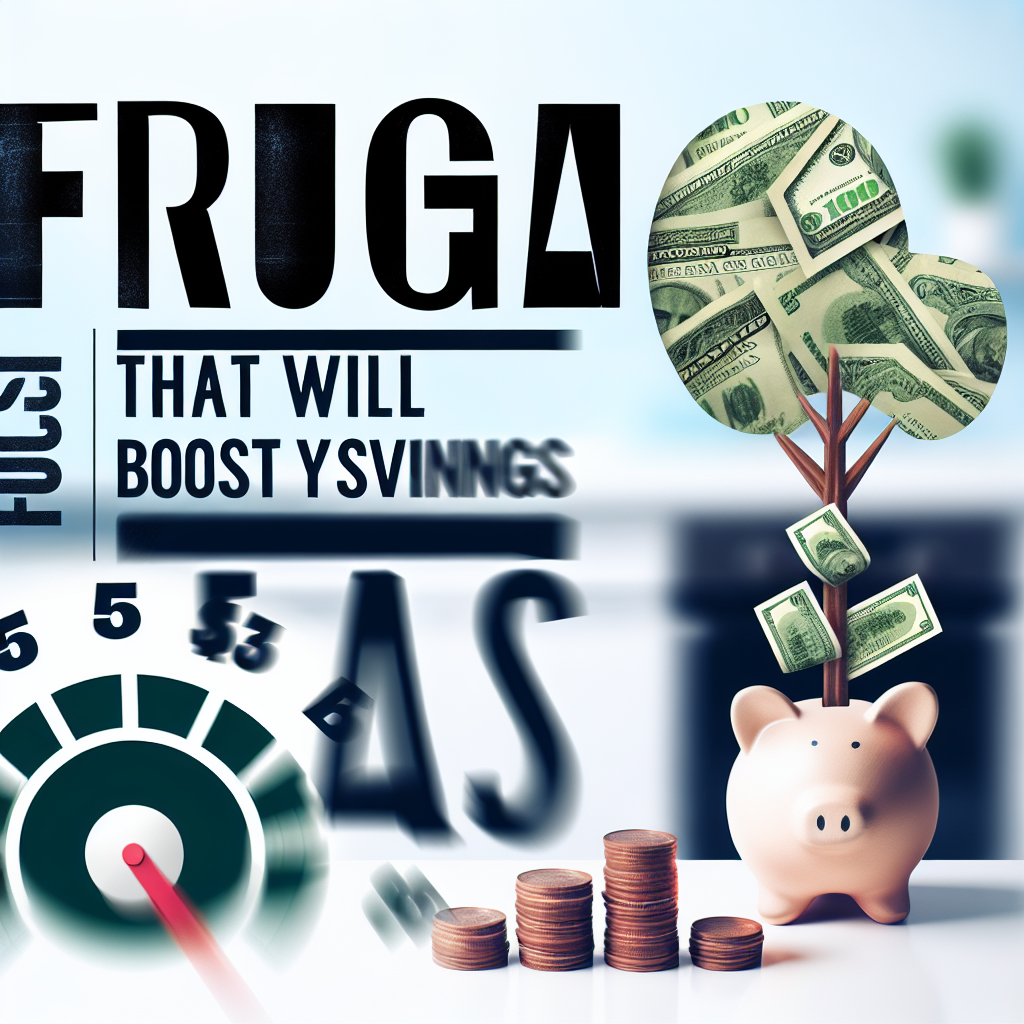=
I’ll never forget the first time I tried to save money seriously. Picture this: me, sitting at my tiny kitchen table, armed with a crumpled napkin stained with coffee rings, and the words “NO SPENDING” scribbled in big, angry letters. I was sure I had cracked the code. The problem? I lasted exactly two days before I caved and bought a ridiculously overpriced latte. Saving money felt like a punishment, a joyless grind where every dollar was a battle. I was convinced that if I wanted to save, I had to give up everything that made life fun.
But then came the moment that flipped everything on its head. I realized that how to save money while still enjoying life wasn’t about denying myself or living in some joyless bubble. It was about changing how I thought about money—less about restriction, more about respect. Money isn’t just numbers on a screen; it’s the freedom to breathe easier, to feel secure, and yes, to treat myself without guilt. Saving money isn’t about deprivation; it’s about balance and kindness to myself.
So, how did I get from that napkin to a place where I could save and still enjoy Friday night pizza or a spontaneous movie with friends? Here’s what actually worked for me, told like a story because, honestly, dry lists never stuck.
The first thing that helped was something I never expected: tracking my spending—not with a fancy app or spreadsheet, but just by jotting down every little thing I bought. At first, it was embarrassing. I saw how often I dropped $5 here and $10 there on things I didn’t really need. But writing it down made it real. It was like shining a flashlight on all those sneaky leaks in my wallet. That small habit gave me the power to choose differently next time.
Then there was the “fun budget” experiment. I was terrified to try this because it felt like giving myself permission to spend would blow my progress. But I set aside a tiny amount each month just for whatever made me happy—a concert ticket, a cheap dinner out, or even a new book. This little fund kept me from feeling deprived and stopped me from binge-spending when I finally cracked. Turns out, saving money works better when you don’t feel like you’re living in a financial prison.
Another weird but game-changing trick was learning to say “no” to impulse buys without feeling like a total buzzkill. One time, I was about to grab a flashy gadget I didn’t need, but I paused and asked myself if it would still make me happy next week or if it was just a momentary itch. Spoiler: it was an itch. That pause saved me $80 and a cluttered drawer.
I also found that cooking at home, even if it was just one or two nights a week, was a surprisingly fun way to save money. It wasn’t about turning into a chef overnight but about reclaiming control. Plus, there’s something oddly satisfying about making a decent meal without breaking the bank. It became my little act of self-care.
Now, I get it. You might be thinking, “This sounds hard,” or “I don’t have enough money to start.” Believe me, I’ve been there. I used to think saving was only for people who had money left over after paying rent and bills. I was wrong. Saving money isn’t about having a fat paycheck; it’s about small, intentional choices. Even saving $5 a week matters. It’s about building a habit, not a fortune overnight.
So here’s what I want you to take away: You don’t have to be perfect. You don’t have to give up the things that make life worth living. Saving money while still enjoying life is messy, imperfect, and deeply personal. But it’s possible. And you’re not alone in this.
Today, maybe just try writing down one thing you spend money on that brings you joy—and one thing that doesn’t. No judgment, just noticing. That tiny step is the beginning of taking back control. You’ve got this.
💡 Want more tips like this? Explore more ways to save funds and plan your budget wisely!







